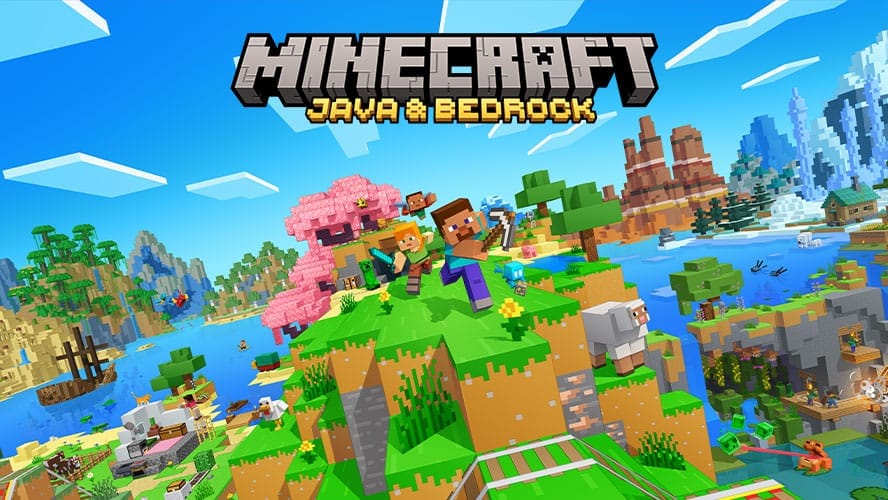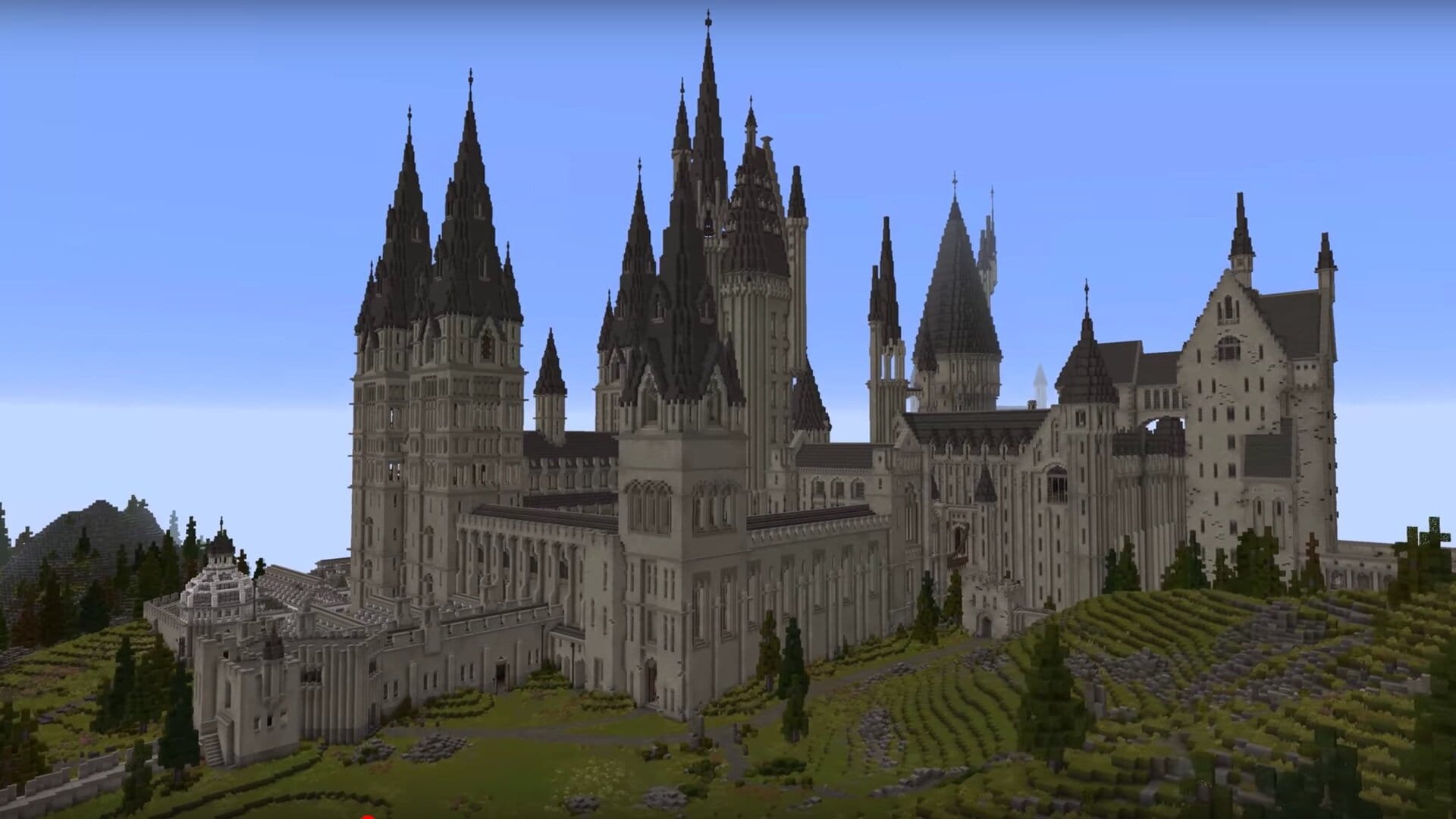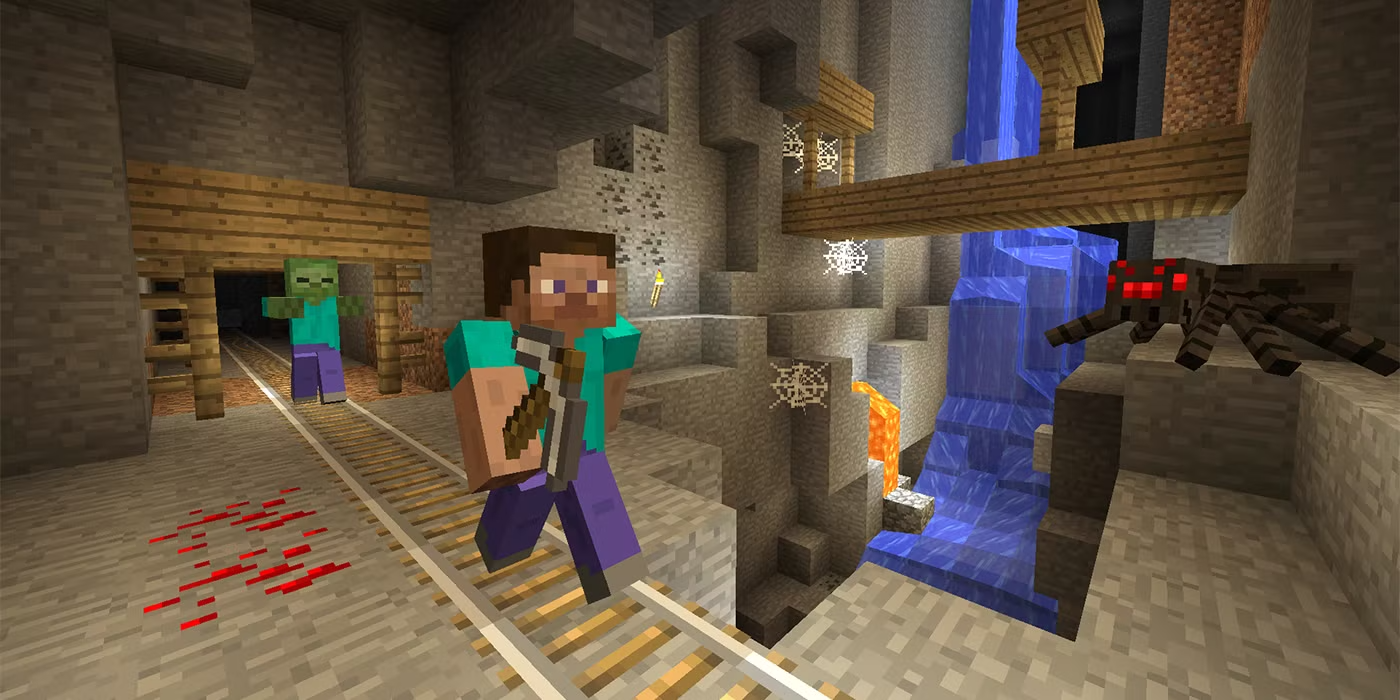Why Minecraft is the Ultimate Educational Game for Your Child (article 1 of 3)
(This article is part 1 of a 3-part series designed to help parents understand why Minecraft is an exceptional developmental tool.)

Every maker of video games knows something that the makers of curriculum don't seem to understand. You'll never see a video game being advertised as being easy. Kids who do not like school will tell you it's not because it's too hard. It's because it's--boring. — Seymour Paper


If you’re a parent, you’ve heard of Minecraft; a game that has captivated hundreds of millions of players worldwide since its release in 2011 and is responsible for over a trillion YouTube views. Minecraft is a generation-shaping game that has earned its status among the greats. Just like Doom, Mario, World of Warcraft or League of Legends before it, Minecraft defined its own genre.
Used intentionally, Minecraft is one of the most powerful developmental tools available for kids today. Most digital experiences are designed to consume attention without giving much in return. Minecraft is different by design. It demands imagination, rewards curiosity, and scales with the player's ambition. A powerful tool that allows children, given the right approach, to cultivate highly transferable skills and habits.
What is this Minecraft thing anyway?
At its core, Minecraft is a sandbox game where players use blocks to build virtually anything they can imagine in a procedurally generated 3D world. Alright, I’ll admit that’s a bit of a word salad. Don’t worry though, we’ll dive into each of them once we’ve gotten the basics out of the way.
Two Versions
Being a bit more practical, the first thing you need to know is there are two versions of Minecraft: Bedrock Edition and Java Edition. While Bedrock can be accessed through more devices, we recommend Java for most Recess classes. Learn about both versions here.
Game Modes
Minecraft can be played single-player, where you play offline and alone, or multiplayer, which is played online and allows you to interact and collaborate with others.
Minecraft also has two different modes: Creative Mode, which is a pure sandbox allowing players to focus solely on building, and Survival Mode, which adds in enemies, hunger, health, etc.
The Infinite Sandbox
Minecraft is a simple game. You start in a unique, randomly generated world and you try to survive. Because of this simplicity, infinite stories can unfold. You can dive into deep caves, scale snow-capped mountains, or traverse red stone deserts. It is an invitation for the player to write their own story. This taps into a core psychological driver: intrinsic motivation.
Purpose is emergent, player driven, and the central driving force of the Minecraft experience. Kids start with nothing, figure out how to survive their first night, and from there, they chart their own course.

Virtual Legos
A small set of rules can give rise to the most complex behavior. Stephen Wolfram
Minecraft’s blocky design is simple and follows very simple rules. But beneath this elegant simplicity lies an endlessly complex creative system. Every block can be mined, cut, processed. Minecraft’s world is designed to be actively shaped by the player in an act of creative enablement. The world exists to allow you to bring your ideas into existence.
The ability to interact and manipulate the environment reinforces the feeling of agency over the world and over your own story in it. You’re leaving material evidence of your decisions when transforming -often irreversibly- the landscape around you as you play. The Minecraft world becomes a way for the player to express their creativity.
Building also reinforces exploration. An ambitious project might need different materials found in the deep underground caves, in the Nether Realm or in a distant biome.

You don’t need a lesson in spatial reasoning, material constraints, or basic engineering principles. These are built into the game. While uilding a massive medieval castle can seem like just stacking blocks for hours, the player will not succeed without an intuitive grasp these principles. Similarly, a group of kids who collaboratively build a city will need to cooperate, negotiate and creatively solve problems.
Procedural Generation: The Thrill of the Unknown
Procedural Generation is a technique in which game content is dynamically generated using algorithms rather than being manually designed by developers. In Minecraft, this means that every time a child starts a new game, they are placed in a completely unique world, generated just for them. They don’t know what lies beyond the next mountain or beneath the cave they just discovered. This fosters:
- Curiosity – The urge to explore, driven by a sense of wonder.
- Risk-taking – Venturing into the unknown and dealing with challenges.
- Ownership – No two players will have the same experience; their world is theirs alone.
Unlike static games where environments repeat, Minecraft forces the player to adapt. A jungle spawn requires a different strategy than an icy tundra. Kids learn to assess situations, plan and act.

